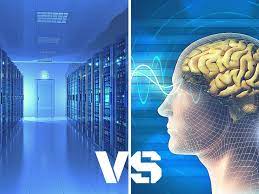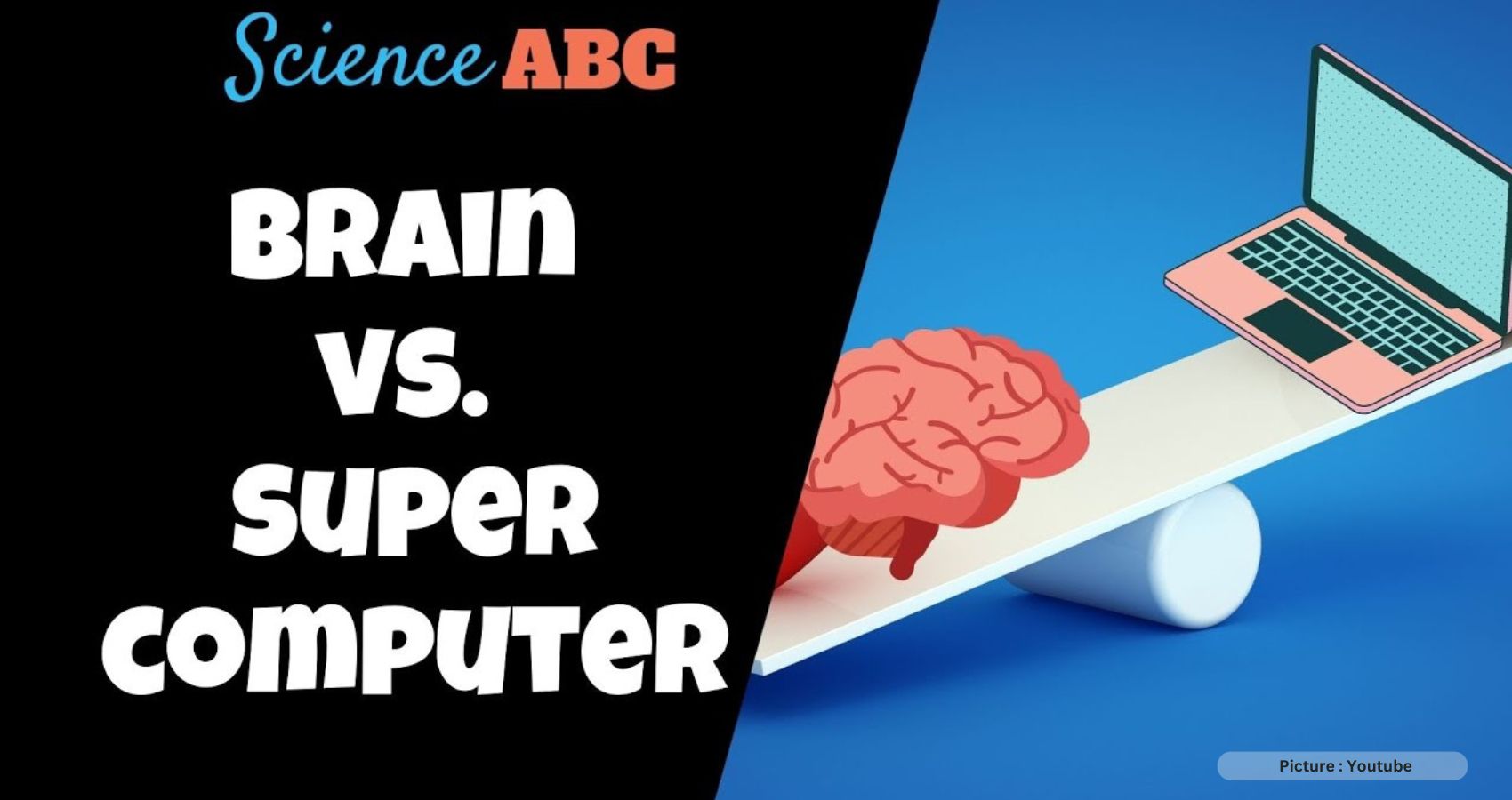Researchers have revealed that the human brain naturally conducts complex calculations, akin to high-powered computers, through a process known as Bayesian inference. This innate ability enables us to swiftly and accurately interpret our environment by blending prior knowledge with new evidence. The study underscores how the structure of our brain’s visual system is inherently geared to perform Bayesian computations on the sensory information it receives, offering potential breakthroughs in fields ranging from artificial intelligence (AI) to therapeutic strategies in clinical neurology.
Key Points:
- Human Brain’s Utilization of Bayesian Inference: Human brains employ Bayesian inference, a statistical technique, to effectively merge prior knowledge with incoming data, facilitating efficient environmental interpretation.
- Inherent Brain Structure for Bayesian Computations:The research suggests that our brain’s visual system possesses an intrinsic structure and connections that enable it to carry out Bayesian computations naturally.
- Broad Implications for Multiple Fields:This discovery holds significance in diverse domains, including AI, where replicating these brain functions can revolutionize machine learning, as well as in innovative therapeutic approaches in neurology.
In a study published in the journal Nature Communications, scientists from the University of Sydney, University of Queensland, and University of Cambridge developed a specialized mathematical model that closely mirrors the brain’s functioning when processing visual information. This model encompassed all the necessary elements for conducting Bayesian inference.
Bayesian inference is a statistical method that combines prior knowledge with fresh evidence to make informed guesses. For instance, if you possess knowledge of what a dog looks like and encounter a furry, four-legged creature, you might use your prior knowledge to infer that it’s a dog.
This inherent capability empowers individuals to interpret their surroundings with remarkable precision and speed, in contrast to machines that can struggle with basic CAPTCHA security measures when asked to identify objects like fire hydrants in a set of images.
Dr. Reuben Rideaux, the study’s senior investigator from the University of Sydney’s School of Psychology, remarked, “Despite the conceptual appeal and explanatory power of the Bayesian approach, how the brain calculates probabilities is largely mysterious.”
“Our new study sheds light on this mystery. We discovered that the basic structure and connections within our brain’s visual system are set up in a way that allows it to perform Bayesian inference on the sensory data it receives.”
“What makes this finding significant is the confirmation that our brains have an inherent design that allows this advanced form of processing, enabling us to interpret our surroundings more effectively.”
The study’s findings not only validate existing theories about the brain’s utilization of Bayesian-like inference but also introduce opportunities for further research and innovation. The brain’s natural capacity for Bayesian inference could be harnessed for practical applications that benefit society.
Dr. Rideaux stated, “Our research, while primarily focused on visual perception, holds broader implications across the spectrum of neuroscience and psychology.”

“By comprehending the fundamental mechanisms that the brain employs to process and make sense of sensory data, we can lay the groundwork for advancements in fields ranging from artificial intelligence, where emulating such brain functions can transform machine learning, to clinical neurology, potentially offering new strategies for therapeutic interventions in the future.”
The research team, led by Dr. William Harrison, made this breakthrough by recording brain activity in volunteers as they passively viewed specially designed displays meant to evoke specific neural signals related to visual processing. Subsequently, they formulated mathematical models to compare various competing hypotheses regarding how the human brain perceives visual information.











